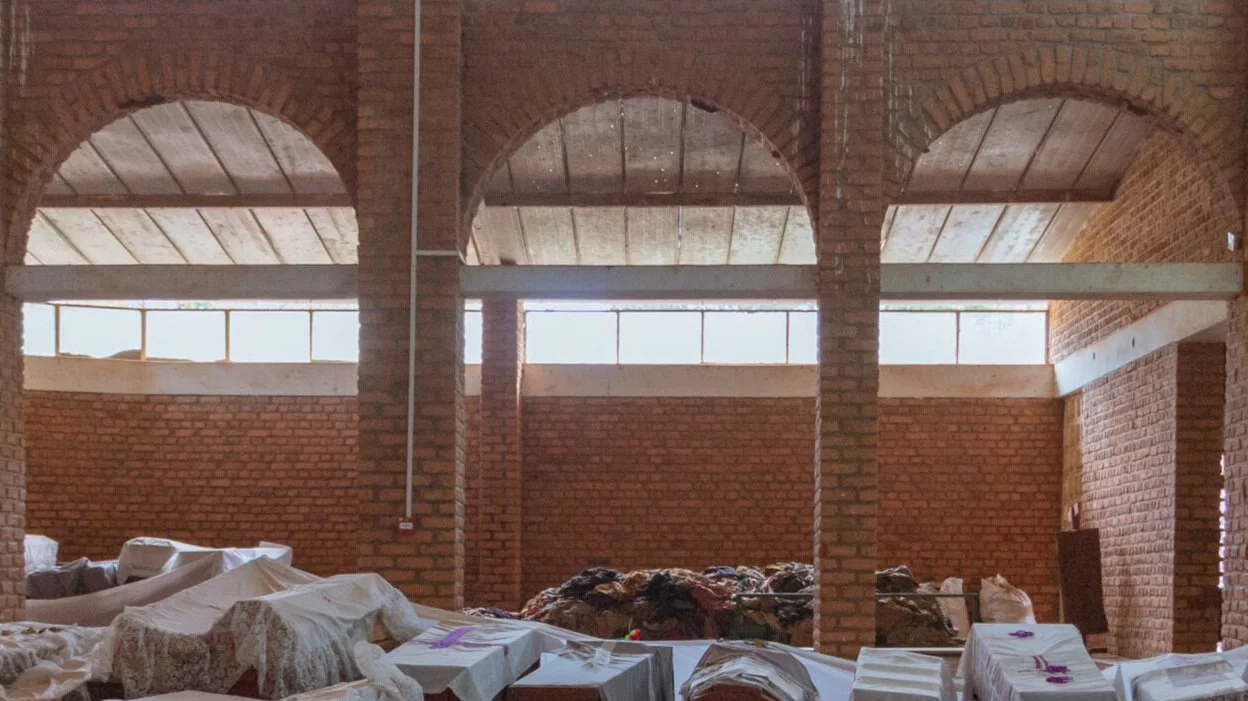Breathing Room
Follow this link to read this post in Spanish.
A city is made up of its people, its stones, but also the air. Our current confinement has revealed to us the city’s naked beauty, the splendor of its architecture in all its severity and silence (figure 1). The air is clean, diaphanous. As in Greece or in the Empordà after the tramuntana winds, distances are foreshortened. Everything seems closer. From the roof of the building where I was born, where my children were born, I discover the Barcelona skyline for the first time, buildings I have never noticed (figure 2). Before, everything was covered in a thick, smokey haze. Today, the façades shine in the sun; the greenery vibrates. The trees seem to have blossomed with greater force and, perhaps because we now gaze on them with parsimony, we notice how they change every day.
With the fumes and noise gone, the chamfered street crossings so unique to Barcelona have transformed into plazas. Emptied of cars and other artifacts, however, these vacant black esplanades feel spooky (figure 3). Nonetheless they allow us to imagine other possibilities. Scattered cars politely pass by. Delivery vans ensure that we inmates survive. At our windows we listen to previously obscured sounds and greet our neighbors.
“Our current confinement has revealed to us the city’s naked beauty, the splendor of its architecture in all its severity and silence.”
Suddenly, our little windows have taken on the expansiveness of a Plaza Real or Plaza Sant Felip Neri, spaces that, for the first time, allow strangers to meet. The buses, which guarantee reliable transportation for those who still work, remind us that we live in an organized and friendly city.
In the newfound silence we are learning to distinguish between different birds. There are more animals and more insects, even predators like wild boars, that circulate more freely now. But the dogs seem more relaxed and there seem to be more of them walking their owners. From this vantage point we can even envision a return of the bees that back in the sixties feasted on fruit from grocery stores and the first flower beds of spring. I can imagine fish spawning again, algae and mussels once again covering the rocks. In l'Escala they will fish for sardines and anchovies this summer like in the old times.
“Suddenly, our little windows have taken on the expansiveness of a Plaza Real or Plaza Sant Felip Neri, spaces that, for the first time, allow strangers to meet. ”
On Villarroel, an ordinary street in the heart of the city, for the first time since the car invaded, we can open our windows again. The same thing must be happening on Aragón street, Gran Vía, Balmes, along the Meridiana and so many others streets in cities around the world (figures 4, 5, 6, 7, 8). The sounds have changed, we can hear neighbors we didn’t know were there. Things never before seen are happening on balconies and in interior courtyards. Window sills and galeries have been repurposed for sunbathing, snacks and calisthenics. The woman across the street seems to be typing. Another knits. On the rooftops children run, play. Two girls in bikinis laugh. There are fewer flags than before, more lanterns and flowers. The neighbors play loud music and we don’t even mind. In the courtyards behind the apartment houses, they exchange gossip and supplies (figures 9, 10). At eight o'clock we all go to our windows to applaud, each of us holding different people in our thoughts. I clap and whistle for the retired midwife, for the nurses and doctors helping two friends recover at the hospital up the street.
Things are better for the trees these days, and also for people with chronic respiratory problems. Quietly, improbably, we have reclaimed the streets, and would like to imagine that the fresh air and symphony of birds and neighbors can linger when the bars and restaurants, the community centers and theaters open up again (figures 11, 12). Hopefully, after we wake up from this bad dream, our imprisonment will serve to demonstrate that a better, greener city is possible, a city without smog or noise in which people discover new forms of exchange and sympathy among strangers. The number V11 bus just passed, in silence. It is 4:25 p.m. in the city.
A longer version of “El aire de las calles” was published in El Periodico de Catalunya, on April 14, 2020.

















